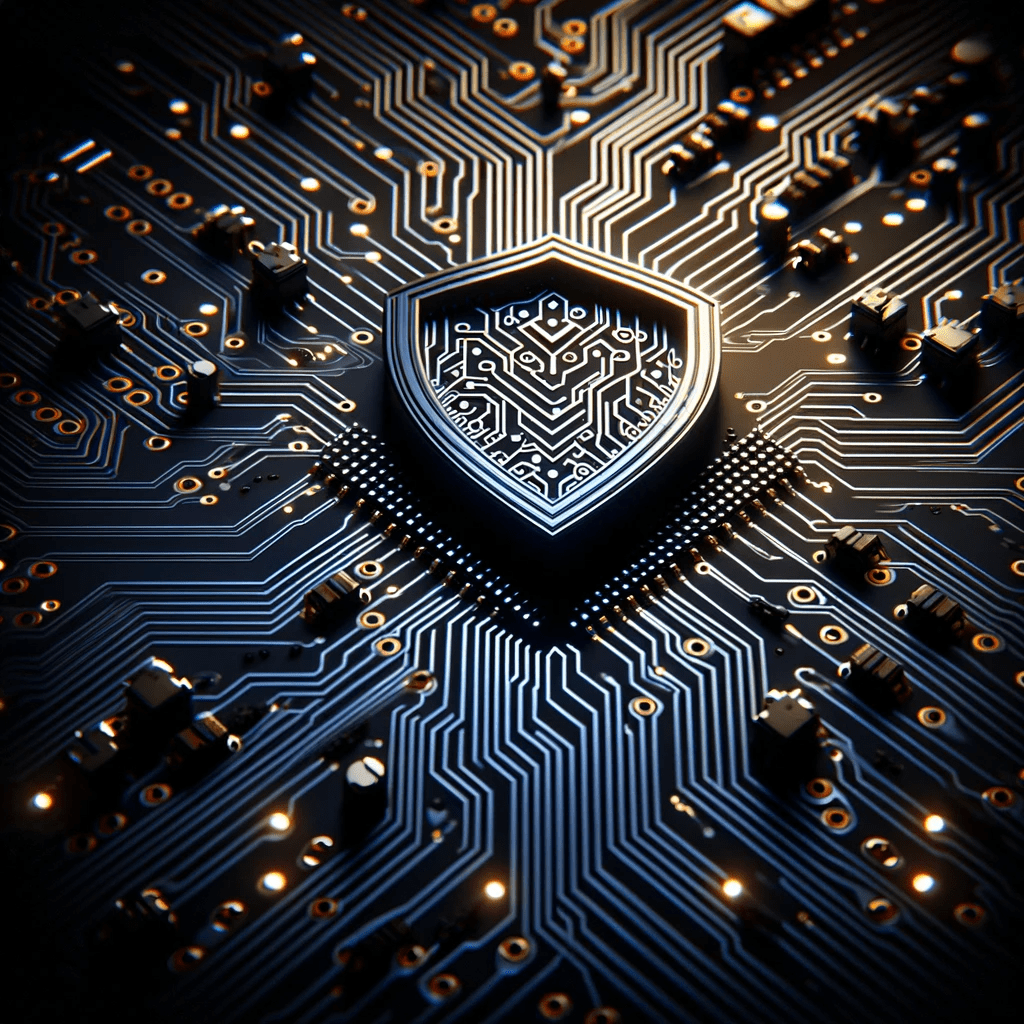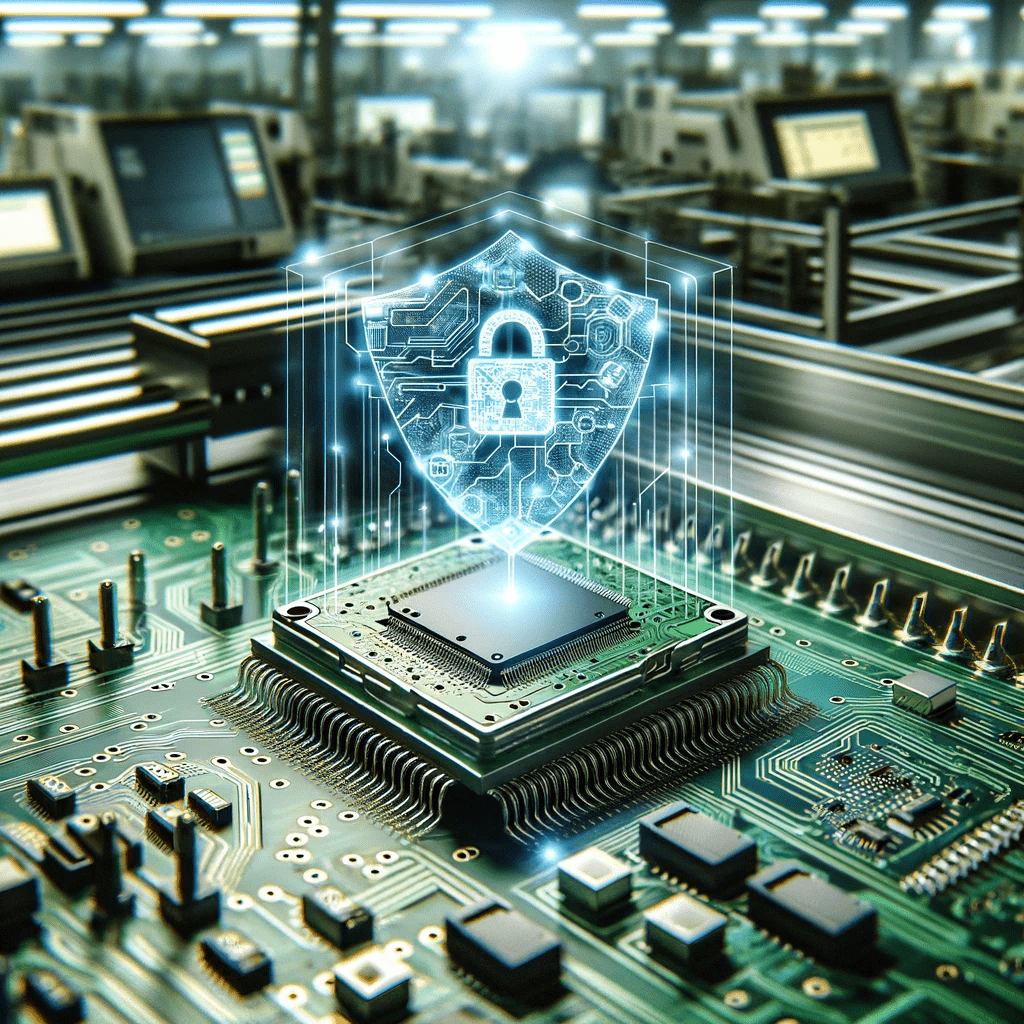Silicon Safeguards: Securing the Circuit Board Supply Chain
Part 3: The Human Factor in Cybersecurity
“Amateurs hack systems; professionals hack people.” (Schneier, 2011)
In the first two parts of this series, we have looked at some of the base-level concepts to explore to begin to protect your company from cybersecurity threats. Through some planning and implementation, it is possible to remove the low-hanging fruit, granting some protection against basic cybersecurity attacks. However, hardware and software safeguards are unlikely to protect against social-engineering attacks like phishing.
Educating Your Team
Employee training stands as the frontline defense against cyber threats. It is not just about having the latest software or firewalls; it is about empowering individuals to recognize and respond to potential risks effectively. From phishing simulations to regular security awareness sessions, organizations must begin to develop training programs tailored to their specific environment.
Cybersecurity education should not be limited to the IT department. Everyone in the organization, from the assembly line to the executive suite, plays a role in safeguarding sensitive information. By training and regularly communicating the types of phishing attacks your organization sees, you can empower your team to identify, report, and prevent successful phishing attacks.
Promoting Active Participation
Beyond training, fostering a culture of vigilance and accountability is crucial. Employees should feel encouraged to report any suspicious activity promptly. Whether it is an unusual email attachment or a strange request for information, maintaining open lines of communication empowers employees to flag potential threats before they escalate.
At CIC, it is commonplace that our team will share recent phishing attempt screenshots with the rest of the company, pointing out what makes the message suspicious, and reinforcing the education that we have worked to instill. The key is to find what works for your team, and to keep awareness high.
Embracing a Continuous Improvement Mindset
Cybersecurity is not a one-and-done; it requires ongoing adaptation and refinement. Organizations must embrace a mindset of continuous improvement, regularly reassessing their procedures in response to evolving threats. This means staying on top of industry developments, integrating feedback from security incidents, and proactively addressing emerging vulnerabilities.
Additionally, collaboration within the supply chain is essential. As interconnected entities, customers, manufacturers, and vendors must work together to identify and mitigate potential risks collectively. Just like how fancy software and firewalls cannot prevent a human from clicking a phishing email and sharing their password, even one unprepared vendor in your supply chain can compromise your overall cybersecurity.
Conclusion
Even basic computers and network hardware come with some security best practices out of the box, but for many teams, these concepts are brand new and need to be trained. If you are just embarking on your cybersecurity journey, or even if you are on the bleeding edge, do not underestimate the importance of education and making cybersecurity part of regular conversation.
Looking for a security-conscious manufacturing partner? California Integration Coordinators stands as a beacon of reliability and expertise in the realm of printed circuit-board manufacturing. With certifications in ITAR, DFARS, and ISO9001:2015, we prioritize cybersecurity excellence in every facet of our operations. Contact us today to discover how we can elevate your next project.
For more insights on cybersecurity best practices and industry trends, follow our blog at https://cic-inc.com/articles or connect with us on LinkedIn at www.linkedin.com/company/california-integration-coordinators.





